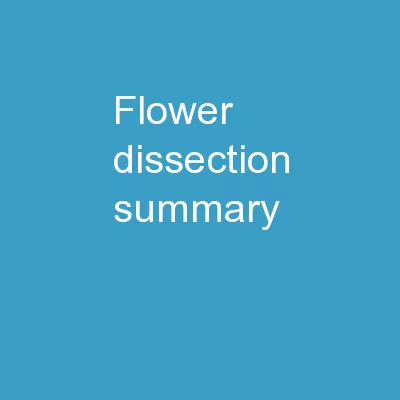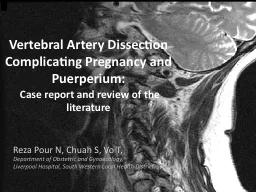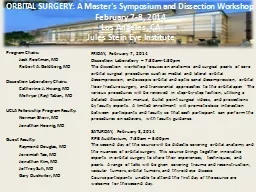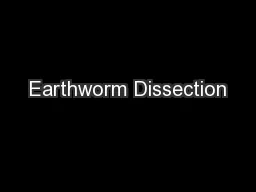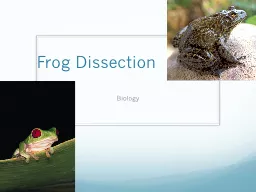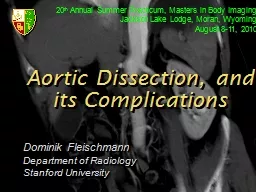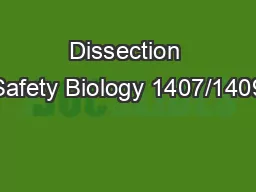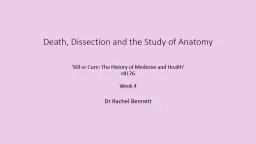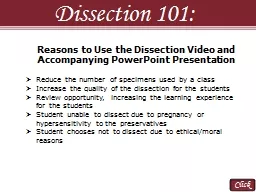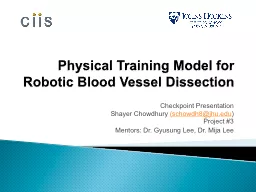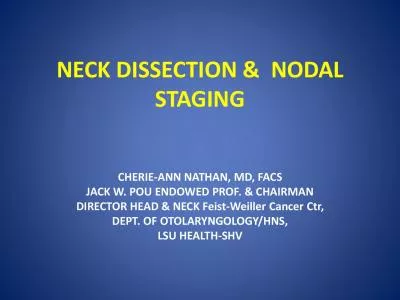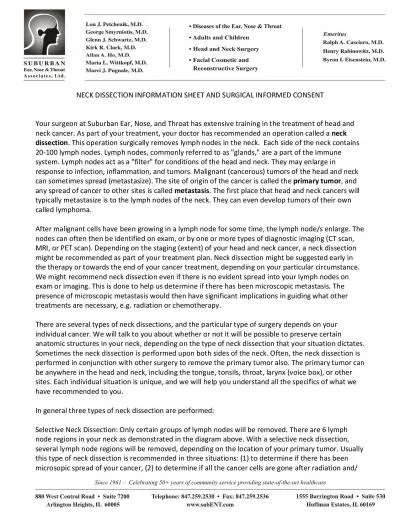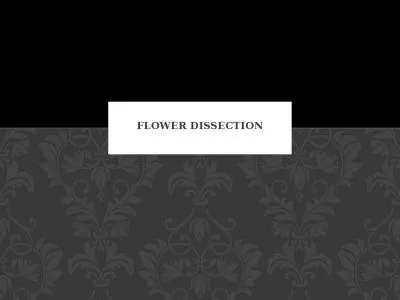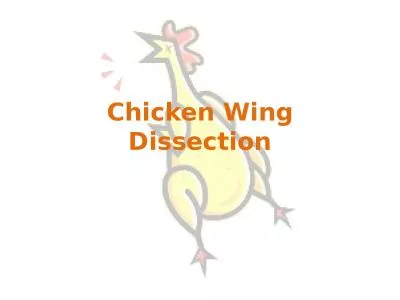PPT-Flower Dissection Summary
Author : alida-meadow | Published Date : 2018-11-06
Here is a picture of an Alstromeria flower before it blooms Notice how the bud is protected by the sepals on the outside The sepals on this flower are mostly green
Presentation Embed Code
Download Presentation
Download Presentation The PPT/PDF document "Flower Dissection Summary" is the property of its rightful owner. Permission is granted to download and print the materials on this website for personal, non-commercial use only, and to display it on your personal computer provided you do not modify the materials and that you retain all copyright notices contained in the materials. By downloading content from our website, you accept the terms of this agreement.
Flower Dissection Summary: Transcript
Download Rules Of Document
"Flower Dissection Summary"The content belongs to its owner. You may download and print it for personal use, without modification, and keep all copyright notices. By downloading, you agree to these terms.
Related Documents

